Should you get a bread maker?
2020-11-16 15:11:00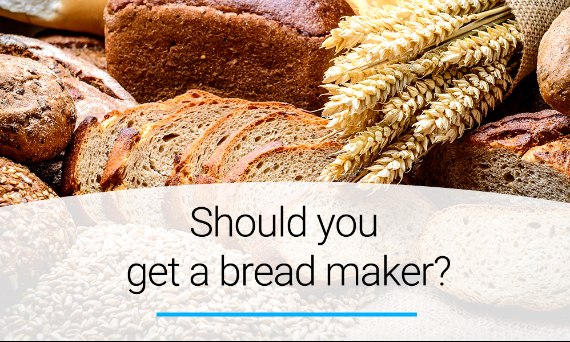
Should you get a bread maker?
07.10.2020
Yoer Advisor
Are you fed up with overly fluffed wheat bread sold in most supermarkets, which becomes stale after a single day? Do you buy high-quality pastries but suffer the consequences it has on the home budget? Maybe you've already tried your best at baking bread at home, but the magnitude of work and cleaning afterwards scares you away every time?
Statistics show that average bread consumption in most European countries has been stably decreasing over the last 20 years.
Experts say that the main factor in this process is the drop in quality of store-bought pastries and their continuously diminishing nutritional values. Bread can be a valuable source of nutrition, though, especially if you bake it at home using high-quality ingredients.
There's just one problem – manual dough kneading and baking aren't exactly among the easiest of tasks. Bread makers come to the rescue – devices that will not only do the baking for you, but will mix the ingredients and knead the dough on its own as well, and it only takes a few minutes to clean. As it turns out, making bread at home can be a hassle-free affair.
This article is for everyone who would like to have control over the quality of their pastries, but don't know what bread maker to choose, and what to look out for in the process. We also showcase the advantages of homemade bread and ways to properly store it.
A bit of history
History of baking bread goes a long way into the past. At first, bread cakes were baked on hot rocks or in ashes. Those pastries were plagued by two major problems, though: they were dry, hard, and, what's worse - dirty.
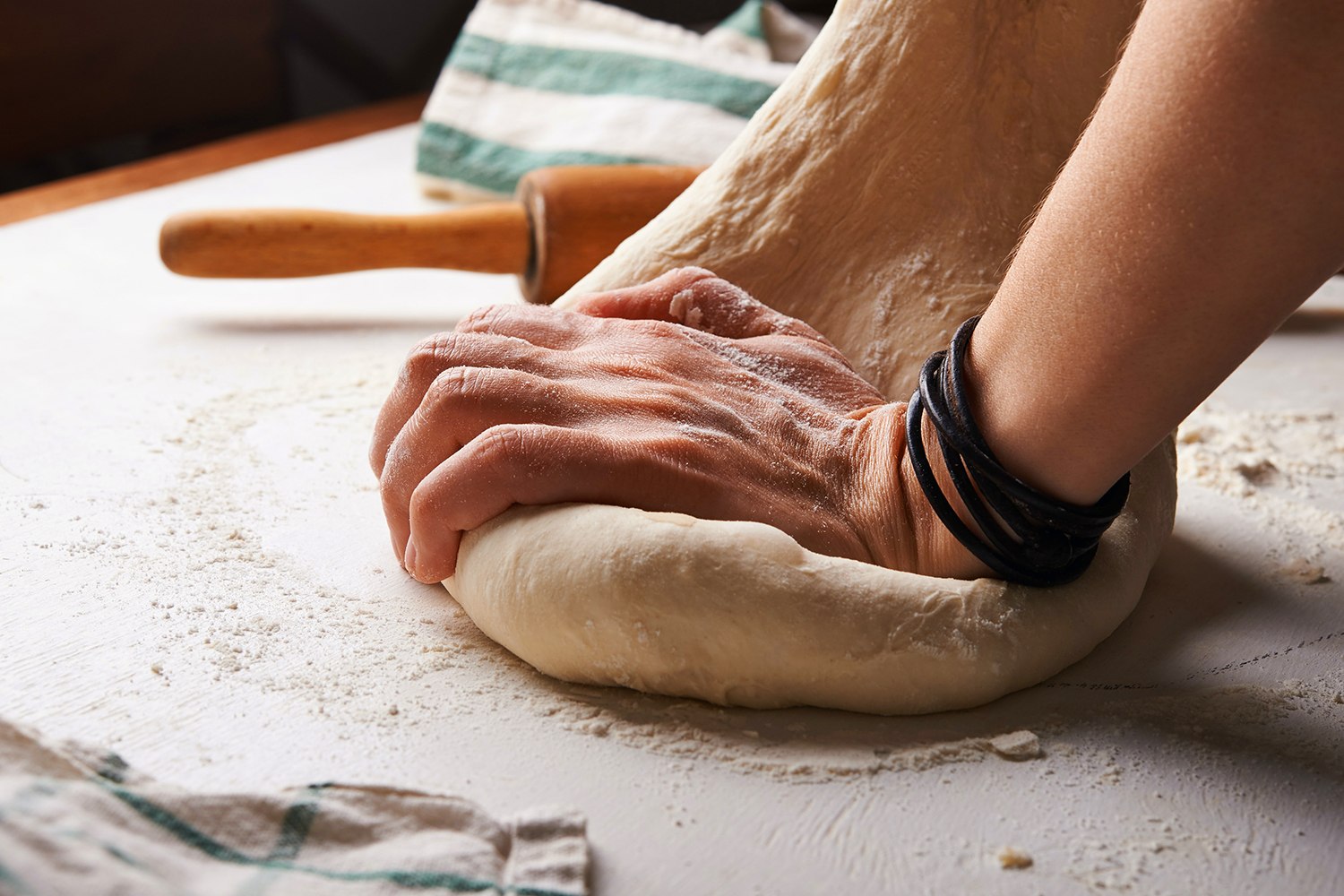
Bread maker types
In the construction of the bread maker several main characteristics can be picked out, which differentiate the devices by:
- Mixer count:
- Single: enables preparing dough for a 1 KG loaf of bread. Note that the average store-bought loaf weighs in at 500-600 g, so a 1 KG loaf is sure to be enough for the whole family.
- Dual: units with dual mixers allow for baking larger loafs that weigh as much as 1.5 KG. That is one large piece of bread. Take into consideration that if you don't have a large family, or aren't expecting guests, the loaf will require storing in a freezer, for instance, otherwise is will become stale before you can finish it.
- Heating element type:
- Bottom heating element: less advanced models only have a heating element located at the bottom of the device base, so the dough is only heated from the bottom. That may cause larger loafs to come out unevenly baked.
- Heating element surrounding the mould: the dough is heated evenly, which results in evenly baked bread with a crunchy, properly browned crust.
- Chamber count:
- Single-chamber: most standard appliances in the mid-price range have a single chamber that allows for preparing a single loaf at a time.
- Dual-chamber: two chambers can be found in more expensive models and enable baking two loafs of bread at a time. Dual chambers come in handy when a member of your family is on a gluten-free diet, for example.
- Casing type and finish aesthetic:
- Polymer: usually a mainstay of cheap bread makers. They are also characteristically lightweight, but less durable and less resilient to damage. Their design may not be quite good enough for afficionados of more elegant solutions.
- Stainless steel: promises a higher resilience to damage, which increases the longevity of the appliance, as well as its sturdiness. INOX stainless steel is an excellent example, as it covers up any small scratches, while being exceptionally easy to keep clean. Stainless steel bread makers offer modern design, thus becoming an elegant, while minimalistic addition to your kitchen.
How does a bread maker work?
Preparing dough manually is neither complicated nor expensive, but we can't get away from the fact that it's comprised of several processes, the success of which hangs on such tiny details as an even minute drop in temperature during dough rising. Each of the stages of preparing bread requires time, so one has to invest pretty much the whole afternoon into the endeavor.
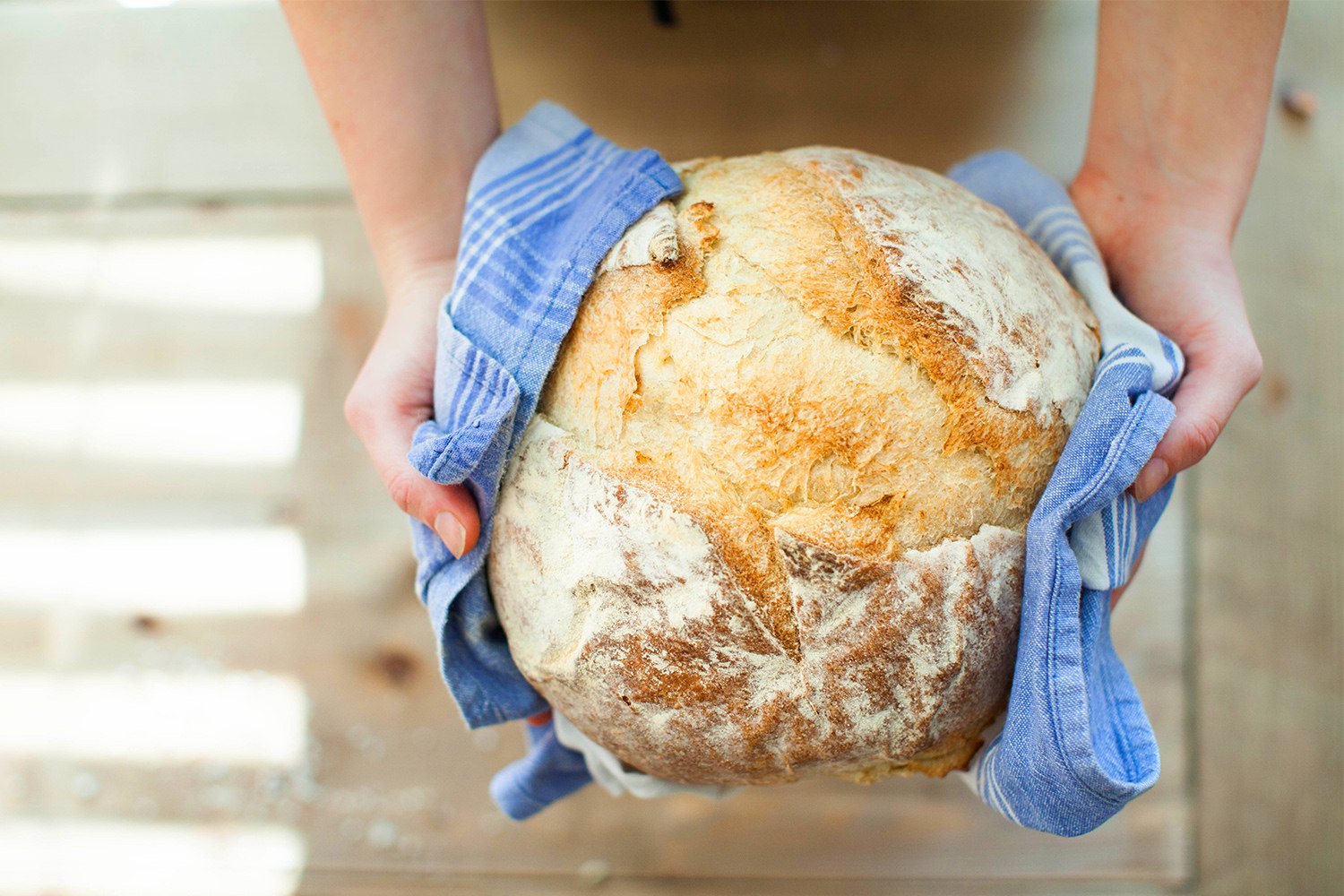
What to look out for when choosing a bread maker?
The market is saturated with various bread makers which differ by not just the price, but also by several important characteristics. They can make homemade baking a pleasure… or they can make it torture.
- Device power – 450 W appliances exist on the market. This power may be insufficient, though, to ensure appropriately long operation and stable temperature of the baking process. Cheap units may have a problem with kneading the thick and heavy dough that is bread dough, which may lead to overheating and, eventually, burning out of the motor. Power appropriate for homemade baking is in the 600-800 W range.
- Mould capacity – the larger the capacity, the larger the loaf of bread you can bake at a time. On the other hand, the size of the mould dictates the size of the whole device, which is an important consideration for small kitchen owners.
- Loaf size - most devices offers the selection of 3 sizes. This is where you should ask yourself about your nutritional habits. Are you a single or do you need to feed a family of multiple members? Do you prefer to bake a loaf and be done for a few days, or do you want to enjoy the taste of warm, fresh bread every morning? Owing to the option of selecting bread size, you can adjust it to your current needs. Nothing will go to waste.
- Automatic programs - will select operational parameters appropriate for baking each type of bread, while optimizing power usage and preventing underdone loafs. Standard units are usually equipped with a dozen or so programs, including wheat, rye or gluten-free bread.
Would you like your appliance to not only bake bread, but also prepare other snacks for you? You may also easily prepare pizza or cake dough, dumpling or pasta batter, as well as make jams or jelly. Some devices also offer somewhat less typical functionalities such as preparing porridge, baking nuts or making rousong, which is an Asian delicacy.
- Noise during operation - mixing and kneading dough creates noises that are impossible to avoid. Cheaper appliances may be exceptionally loud, though.
- Browning levels - bread makers usually allow for selecting 3 levels of crust browning, which directly corresponds to its crunchiness. Depending on your favorite type of bread, you can choose light, medium or dark crust.
- Removable, non-stick mould - most devices have one, although not all of them. The ability to remove the mould makes it far easier to clean. The non-stick layer ensures that taking the ready product out of it will be effortless, and the cleaning will be quick and simple.
Bread makers often also equip additional innovative functionalities, such as:
- Fruit, nut and seed dispenser - many units employ either a sound indicator, which informs that seeds need to be added when preparing dough, or an automatic dispenser, which will do that on their own.
- Delayed start functionality - you can prepare the ingredients before going to bed, and the device will autonomously bake a tasty loaf just in time for breakfast. Most devices can be delayed by 12 hours or a bit more.
This functionality is especially handy if the machine also has an automatic seed dispenser, or if you're preparing bread without seeds. Otherwise you'd have to get up at night to add them. Remember that the delayed start functionality doesn't go together with recipes that use ingredients that go bad quickly, for instance eggs, milk, or fresh yeast.
- Keeping temperature after baking - appliances with this functionality normally keep the bread warm for an hour after baking is done.
- Additional protection - a device may be fitted with overheating protection and power outage protection. The bread maker remembers the work cycle should there be a power outage and resumes operation at the point it was interrupted.
Anti-slip feet are good to have, as they ensure stability during operation. Some devices are additionally equipped with thermo-isolated casings, which protect the users from accidental burns.
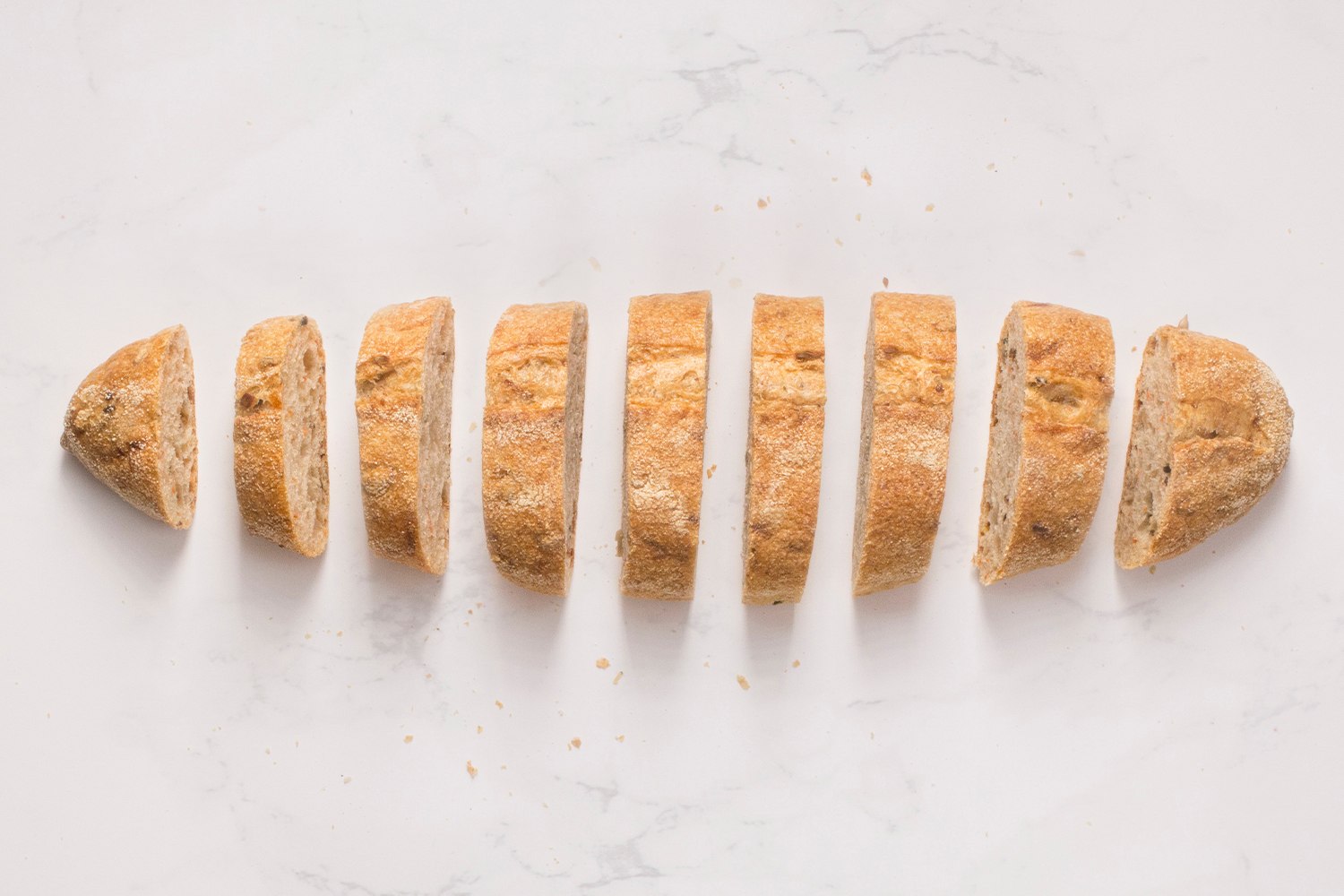
Should you buy a bread maker?
Maybe you are a part of the lucky few who remember the taste of bread from days past, without any artificial enhancers, raising agents and preservatives. You notice that today's store-bought pastries are somewhat "blown up", and you need to eat more of them to satiate your hunger.
- You have experience with manually baking bread, but want to prepare the pastry quicker and with more ease,
- You no longer want to eat store-bought bread and would like healthier, homemade pastries.
- You buy gluten-free or low-glycemic-index pastries for health-related reasons, but it's not tasty, of poor quality or too expensive for you.
- You want to prepare healthy, additive and preservative-free pastries for your loved ones.
A few words about storing pastries
- Store bread in a dry place, at room temperature.
- Don't wrap the loaf in foil or put it into a bag. They cause an effect similar to wearing an artificial, polyester shirt on a hot day. The excess humidity doesn't evaporate off, and is instead kept underneath. The same thing happens to bread wrapped in foil, which causes it to first get rubbery, and then moldy very quickly.
- Get a linen bag or rag, and a wooden bread bin. The natural materials effectively channel the excess humidity away from the bread, while keeping it from getting overly dry.
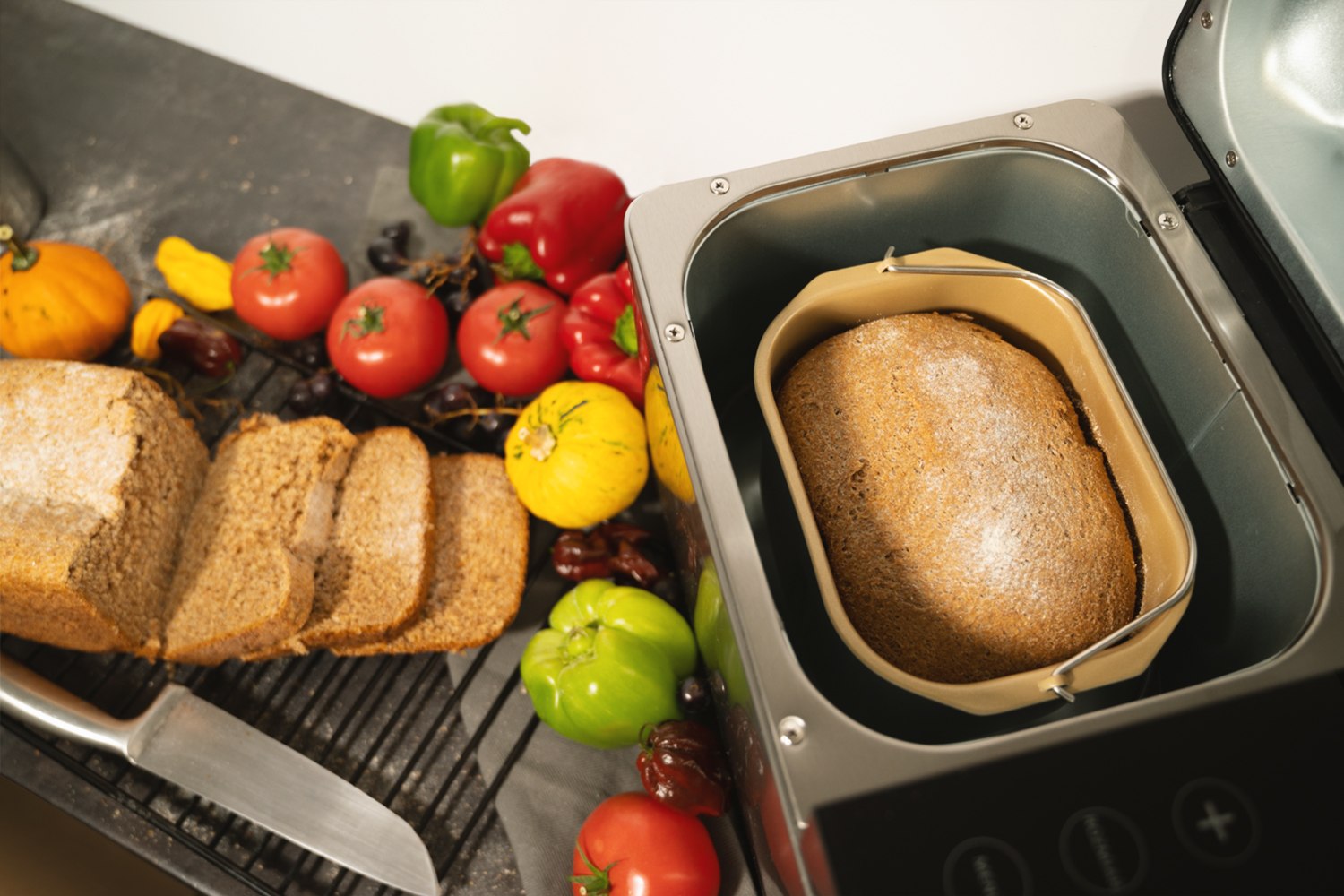
The price of bread makers
Autor:damian.balcerek@yoer.pl
![[{[item.product.name]}]]([{[item.product.photo.url]}] 75w)
